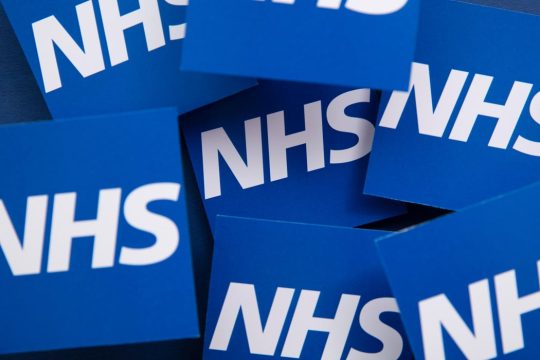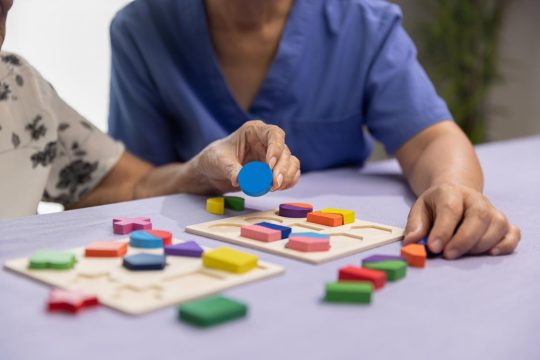Advertisment
EAHP 2012 Report – Report of seminar, “Survival of hospital pharmacy preparations – standards for quality and safety – where to go? An interactive debate”
by Christine Clark – Quality and safety of hospital pharmacy preparation. One session at the EAHP congress explored the implications of the recent Council of Europe resolution (CM/ResAP(2011)1) that set out recommendations for quality and safety assurance standards for medicinal products prepared in pharmacies for the special needs of patients. The resolution, published in January 2011, has been adopted by 36 countries. Implementation of its recommendations will involve adaptation of national frameworks rather than changes in legislation
The resolution was inspired by a survey of hospital pharmacy preparation in 19 European countries (published in PharmEuropa, October 2010 http://www.edqm.eu/medias/fichiers/abridged_survey_report_on_quality_and_safety_assur.pdf ) that identified considerable variation in quality assurance and safety standards between European countries. The preparations involved were mainly injectable medicines. There was a gap in quality assurance between preparation in pharmacies and manufacture by the industry. There was also a quality and safety gap between medicinal products prepared in pharmacies and in hospital wards.
Background: differences between hospital and industrial preparation
Henk Scheepers (Senior Inspector, Ministry of Health, Welfare and Sport Healthcare Inspectorate, The Netherlands).
Hospital pharmacy preparation of medicines is at core of profession and is essential for healthcare, according to Henk Scheepers (Senior Inspector, Ministry of Health, Welfare and Sport Healthcare Inspectorate, The Netherlands). Dr Scheepers, who was the chairman of the working party that drafted the resolution, set the scene by describing the differences between hospital and industrial preparation of injectable medicines. Present regulations require a manufacturer to have a marketing authorisation and a manufacturing licence before a product can be placed on the market. Manufacturers must also comply with Good Manufacturing Practice (GMP). In contrast, medicines prepared in hospital pharmacies are mostly unlicensed and, in most countries, hospital pharmacies do not need to hold a manufacturing licence. The types of products differ – industrial products are standardised whereas hospital pharmacy products are often tailor-made and the two systems differ in their approaches to safety and efficacy. The pharmaceutical industry must also report product defects, that is, any deviation from the product defined in the marketing authorisation. In The Netherlands such reports result in approximately one product recall per week, noted Dr Scheepers. In contrast, hospitals are under no obligation to report defects.
Considering the wider perspective Dr Scheepers said that there is an increasing trend for personalised therapy and the pharmaceutical industry cannot satisfy all needs in this respect. Therefore, preparation of the necessary products will remain in the hospital domain. At the opposite end of the scale, large-scale preparation in hospitals is increasing in some centres and some hospitals distribute their products to other pharmacies.
The resolution: recommendations and implications
Council of Europe resolution (CM/ResAP(2011)1) on quality and safety assurance standards for medicinal products prepared in pharmacies for the special needs of patients.
The key points of the resolution are:
- Products should not be made in pharmacies if a product with a marketing authorisation is commercially available
- Risk assessments should determine the level of quality assurance applied
- GMP for high-risk
- Good Preparation Practices (PIC/S GPP) for low-risk
- Product dossiers should be available for stock products
- Reconstitution of products should preferably be done in pharmacies (only low-risk products should be made on wards)
The full text of the resolution is available at: https://wcd.coe.int/ViewDoc.jsp?id=1734101&Site=CM
There is no doubt that the Council of Europe resolution strongly supports pharmacy preparation of medicines and recognises its value, according to Vagn Handlos (Senior Scientist, Capital Region Pharmacy Denmark) who was a co-author of the original survey and a member of the working party on the resolution. “We should see the resolution as an invitation to develop the quality and transparency of hospital preparation”, he said. Many people think that the standard of hospital pharmacy preparation is very low at present, he added.
The next step is the implementation of the resolution and this will involve incorporation into national regulations. Whereas a ‘directive’, must be put into local law, there is more flexibility with a ‘resolution’, the speakers emphasised. However, successful implementation will require collaboration between national authorities and professional bodies. “It is a process – not just a copy and paste job, and it will take time. This is not just a question of GMP but a matter of building up robust systems around hospital pharmacy preparation similar to those for industrial products”, said Dr Handlos. For example, at present there is no pharmacovigilance for hospital preparations. The process will require investment. “If hospital pharmacy preparation cannot achieve the level of quality required then it will not exist in future”, he predicted. The resolution also presents an opportunity for the pharmaceutical industry to provide ready-to-use injections, he added.
Professor Handlos drew attention to paragraph 9 of the resolution, which states that “In general, reconstitution of medicinal products should preferably take place in a pharmacy, assuming that the requirements concerning the safe preparation of sterile products can be fulfilled. Reconstitution considered to be low risk can be done on the wards.” He suggested that pharmacists could take first step in implementation of the resolution by offering to work with their own national authorities on early implementation of paragraph 9.
Dr Handlos also pointed out that that where hospitals are producing large batches on a regular basis, regulatory authorities may wish to require the hospitals to obtain marketing authorisations, as set out in paragraph 6 of the resolution.
The resolution calls for the production of product dossiers for stock preparations and a list of recommended contents is provided. This includes items such as a demonstration of the added value of the product, a description of the preparation process and the use of the product together with information for patients and prescribers.
A model procedure for risk assessment is also set out in the resoluion. This covers points such as the type of preparation, the quantity prepared annually and the pharmacological effect.
Irene Kraemer (Director of Pharmacy, University Hospital, Mainz, Germany) described suggested that the resolution should be the starting point for the development and implementation of a ‘special GMP’ for hospital pharmacy. Such a guideline already exists in The Netherlands and it would be helpful if it were implemented throughout Europe. She also noted that, at present, the terms ‘reconstitution’ and ‘preparation’ are often used inconsistently, with different meanings in different countries, and clarification is needed.






